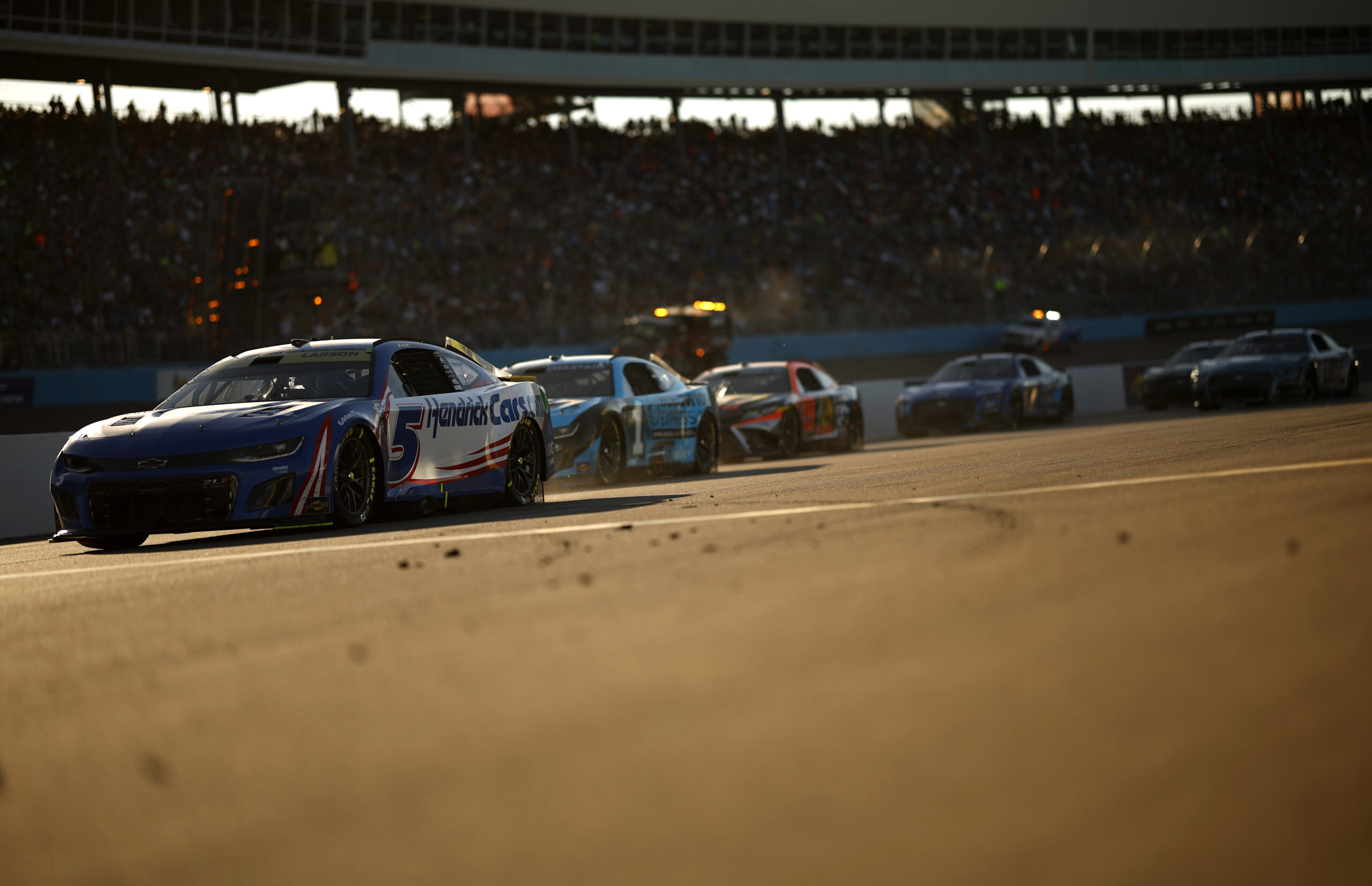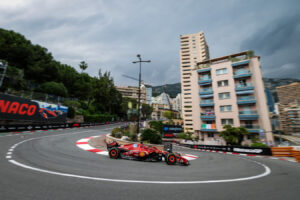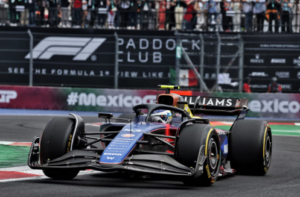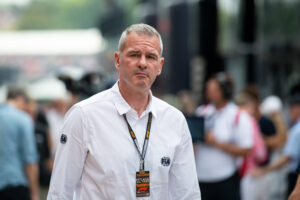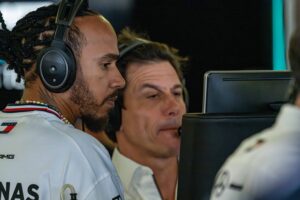If NASCAR’s new short-track package fails to improve the racing this weekend at Phoenix, how much longer will NASCAR ignore the drivers and stakeholders?
Since its inception in 2022, the NextGen or Generation Seven NASCAR Cup Series racecar has not performed to expectations on short tracks. With a new suspension design, bigger tires and brakes, and a sequential transmission, it drastically changed compared to the previous generation racecar. Drivers would publicly state how mistakes did not matter anymore. Drivers who missed the corner at Martinsville could simply just downshift into a lower gear and throttle out of the corner with no positions lost.
NASCAR understood the problems with the car and took steps over the offseason to remedy these problems. Following the championship race, a three-day test was held at Phoenix to test different parts to improve racing. Different underbody aero parts were run and Goodyear brought new tires to test. Defending champion Ryan Blaney told NASCAR.com that he could immediately tell the car handled differently. He also commented on the lack of downforce from the new splitter.
A couple of more looks from testing today at Phoenix where NASCAR is having drivers test a variety of aerodynamic pieces, gearing and tire combination.
🎥 : Ford Performance pic.twitter.com/D7d7VzLI7O
— Bob Pockrass (@bobpockrass) December 5, 2023
What happens in Phoenix?
This weekend at Phoenix, the Shriners Children’s 500, will have an hour-long practice session so teams can get acquainted with the new package. While Phoenix is technically not a short track, the heavy braking required to get around the 1-mile track is similar to how a shorter track is driven. I don’t think this race will give a good look into what short-track racing at Bristol or Martinsville will be like.
Phoenix Raceway has produced some lackluster racing, saved only by the six-wide restarts because of the dogleg after the start-finish line and lack of grass. Jamie McMurray said on Door Bumper Clear, that Phoenix hasn’t had a great race since the 1980’s. The track was originally an IndyCar oval before NASCAR started racing there in 1997.
So let’s not jump to conclusions about this package if Phoenix doesn’t put on good racing. While also the short-track package, it will also serve as the road course package and will see its first use at Circuit Of The America’s on March 25th.
When does NASCAR give up and give the cars more horsepower?
Horsepower. Is it the end all cure-all to the problems with the Next Gen car? Maybe. In the 2000’s the engines made over 700 horsepower. Since the Gen 6 Car, horsepower was slowly taken away, down to 550 horsepower. When the NextGen was testing, a 670 horsepower package was picked over a 550 horsepower engine package.
High horsepower will work against all the huge increases in car characteristics we saw with the NextGen. NASCAR increased the grip and braking ability, giving them more power to take full advantage of the ability to stop and turn with more grip.
Joe Gibbs Racing driver Christopher Bell told reporters during a Championship Awards media session that he wants 300 more horsepower, and that drivers would agree with him.
There are rumors that NASCAR is keeping the horsepower low as a way to attract new manufacturers to the sport. No statements can back up this rumor but look at how long General Motors and Cadillac are needing to develop an engine for a possible Formula 1 campaign. Building a successful engine program takes time, and high-horsepower engines are not known for reliability.
Final Thoughts:
I hope the package is a success. Short-track racing is a staple of the sport and having the car produce such a lack of luster performance is upsetting. I think the changes to the underbody aero and improved Goodyear tires are a start. NASCAR should always be improving the racing product.


